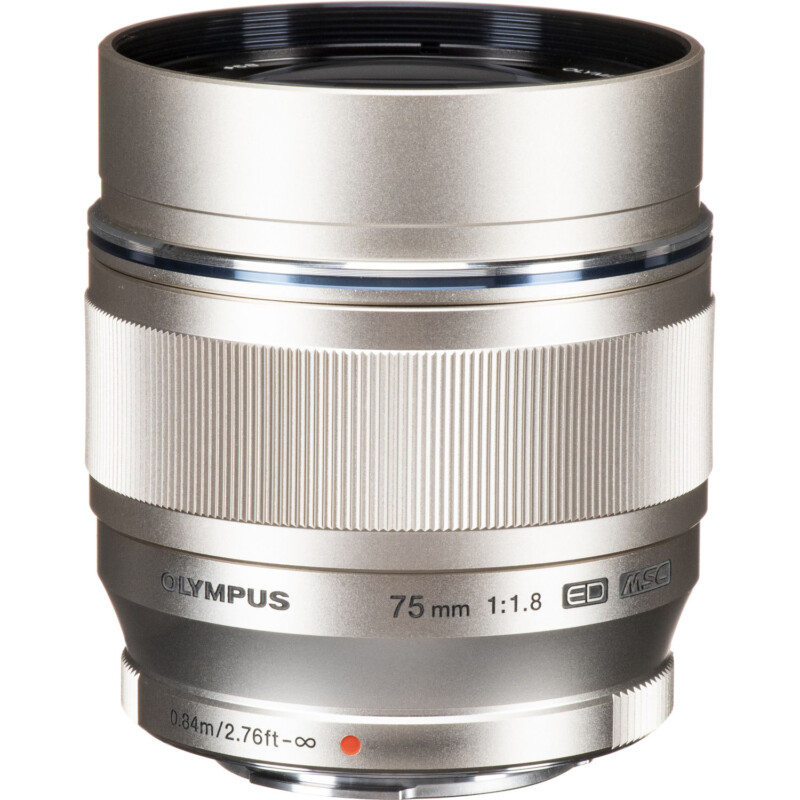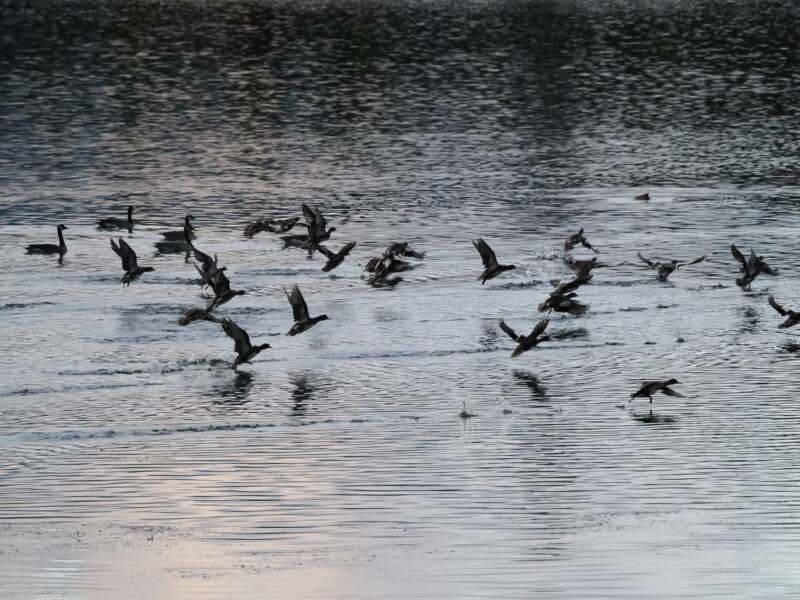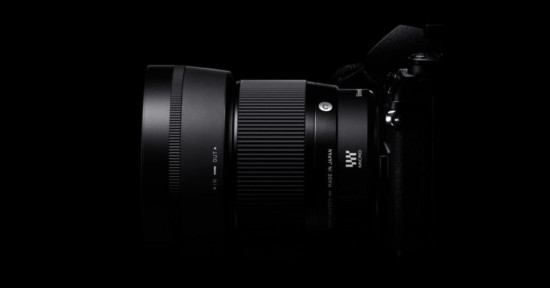The Best Micro Four Thirds Lenses for Every Situation
Jordan and I regularly give our two cents about the lenses we enjoy the most from each of the major manufacturers. Taking each brand in turn, we list our favorite wide-angle, normal zooms, normal primes, portrait, and telephoto lenses. However, we have never tackled the Micro Four Thirds system, which is unique because it has two major OEM manufacturers that can share lenses. This gives us roughly twice as many optics to sift through, but we managed to narrow it down.
Update 12/19: There was a little hiccup with the audio in the original video. We reuploaded a fixed version, which is now featured at the top of the article.
Many people are quick to judge Micro Four Thirds for having smaller sensors with relatively low megapixel counts, and there are some ramifications that impact the system. However, optics also play a massive part in the overall look of an image. Whether it will have maximum detail or be optically corrected against chromatic aberrations is all determined by well-designed glass, and the Micro Four Thirds system has some outstanding designs. There are some real gems from both Panasonic and OM System (and Olympus), and today, we will reveal our favorites to you.
Our Favorite Lenses: The Ultra-Wide Lens
There are some nice prime lenses like the Panasonic 12mm f/1.4 DG, but our favorites are the more versatile zooms in this category. The OM System 8-25mm f/4 Pro lens is excellent optically and covers an extensive range but we prefer the extra light that the Panasonic Leica Vario 8-18mm f/2.8-4 DG offers. It edges out the OM System 8-25mm for optical performance, and you still get a classic ultra-wide range, giving ideal results for landscape and architecture. I love that it still allows for the use of screw-in filters, unlike the also excellent OM System 7-14mm f/2.8.

Our Favorite Lenses: The Normal Zoom Lens
This is your bread-and-butter general-purpose zoom lens, and naturally, there are many to choose from. Panasonic and OM System make some lovely “Pro” series 12-35mm or 12-40mm f/2.8 options, but for whatever reason, Jordan and I have never gravitated toward using them. I prefer a more versatile range that still takes advantage of the compact nature of M43 lenses, even if it means giving up some light. The OM System 12-100mm f/4 Pro is one of my all-time favorites due to its versatile design and rugged construction. I use one regularly for work, and it has never let me down.

But there is a lens that I covet even more: the Panasonic Leica Vario 12-60mm f/2.8-4 DG. It gives me more light at the wide-angle range and, more importantly, provides a very useful macro capability as well. I love the range of the 12-100mm lens, but it can’t focus very closely. If I am doing video work to capture anglers fishing and the insect life around them, the Leica is the better choice.

Our Favorite Lenses: The Normal Prime
Slower zooms have their place, but Micro Four Thirds cameras sometimes need all the light they can get. A good normal-range prime lens is often a photographer’s first choice when it comes to a fixed focal length lens, and they usually have bright apertures, too. A normal prime lens will be good optically as a rule, even at lower prices, and the OM System 25mm f/1.8 and Panasonic 25mm f/1.7 are good examples. The Pana-Leica 25mm f/1.4 II is also a good choice for extra light, but the OM System 25mm f/1.2 Pro never blew us away for the cost.
Our pick for the best normal prime is a little wider, though. The OM System 20mm f/1.4 is stunningly good and very compact. It reveals more of the story when shooting on the street but can still be used for impromptu portraits. It’s incredibly sharp wide-open and has some very smooth-looking bokeh.

Our Favorite Lenses: The Portrait Lens
We recommend a prime lens for portraits to have a shallow depth of field when you want to separate your subject from the background. There are plenty of good zoom choices with an f/2.8 maximum, but it can’t give you the quintessential soft bokeh look for the situations where you might want it. This is where you might want to turn to a faster prime lens, and this is where Jordan and I disagree on our favorite.

Jordan likes the OM System 75mm f/1.8, which gives that shallow DOF look thanks to the 150mm full-frame equivalent field of view. This is a striking lens for head-and-shoulders shots but can also be used to separate a full-body portrait from the background in a very professional-looking way. I prefer the more versatile Panasonic Leica 42.5mm f/1.2 DG lens because it allows you to work within a smaller area and gathers tons of light. Both are fantastic choices when you want that high-end look for commercial portrait work.

Our Favorite Lenses: The Video Package
I call this next section the video package because Jordan has two lenses that go hand-in-hand for his best video work. We use the Panasonic GH7 for the majority of our work and the twin combination of the Panasonic 10-25mm f/1.7 and 25-50mm f/1.7 collect a lot of light while also covering a handy focal range. Both lenses have focus clutches to engage manual focusing quickly and have almost no lens breathing. They are bulky but work together perfectly, making the ideal video work kit.
Our Favorite Lenses: The Telephoto Prime
I used to exclusively reach for a telephoto zoom lens whenever I shot sports or wildlife because of the inherent safety blanket and convenience of zooming. However, I now realize there is much merit in moving swiftly to a better position and using fixed telephoto lenses for superior optical performance and light gathering.
Panasonic makes an awesome 200mm f/2.8 lens that gives 400mm full-frame reach without the bulk. It’s lightweight and sharp, but the screw-lock hood isn’t my favorite. Still, I prefer a bit more reach, and while Panasonic makes some excellent glass, OM System dominates the telephoto game.
The OM System 300mm f/4 is a fantastic wildlife lens with all the sharpness and focusing speed you could ask for. More so, I find the OM System optics built to a standard that can take punishing abuse. I have personally seen their cameras and lenses go through hell and survive. I reach for this lens if I ever head out to do serious wildlife shooting on the OM-1.

Our Favorite Lenses: The Telephoto Zoom
The telephoto zoom can encompass a vast assortment of lenses from more general-purpose 35-100mm f/2.8 lenses to our winner in this category. Micro Four Thirds has a ton of decent zooms that go up to the 300mm mark and are affordable and sharp. But they are also slow, with an f/6.3 aperture being the norm at the long range.

There is one lens that is genuinely the crème-de-la-creme from an optical design perspective, but it’s pricey. OM System makes an M.Zuiko 150-400mm f/4.5 IS Pro ED for a cool $7,500. This lens comes with a built-in 1.25x teleconverter, which can provide the equivalent of a 1,000mm lens in full-frame terms.
It is fast-focusing and has enough light to work in dark situations. Plus, it handles well and is rugged enough to take on anything. As I understand it, there is often a considerable waitlist to get one of these lenses, although it is currently available. It really is the best choice for the professional who wants the versatility of a zoom. I’d put its optical performance against any of the top-tier lenses that Canon, Nikon, or Sony makes.

Our Favorite Lenses: I See a Pattern Forming
It is no coincidence that some of our favorite general-purpose lenses are from Panasonic, specifically the Leica Vario DG series. These lenses are designed by Leica and subjected to more stringent tolerance testing. They also tend to be a little brighter and are excellent regardless of the optical range you might want.
OM System has some real gems in the line as well, and I’ve generally enjoyed anything they make with the ‘Pro’ label. They also clearly specialize in camera bodies and lenses made for wildlife shooters, whereas the smaller dimensions of the lenses still give excellent reach and image quality. People can argue ad nauseam about the merits and validity of Micro Four Thirds, but it would be foolish to deny that there is some exceptional glass to be had across the entire shared ecosystem.



